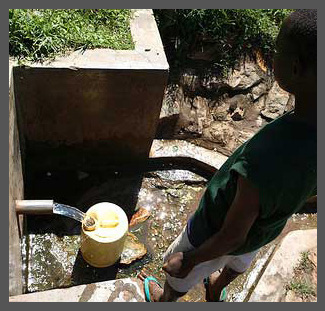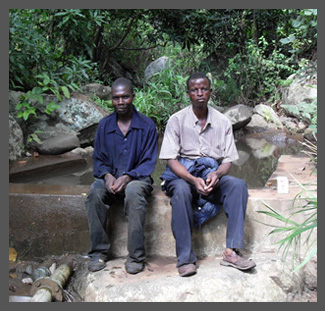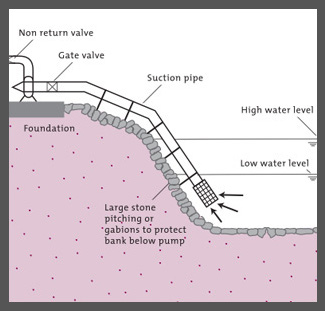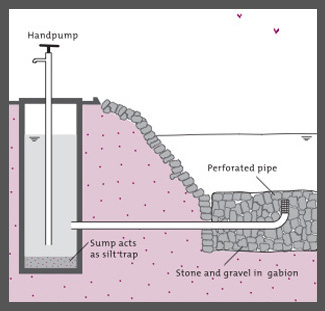Water Portal / Rainwater Harvesting / Surface water
Surface water harvesting includes all systems that collect and conserve surface runoff after a rainstorm or in intermittent streams, rivers, or wetlands for storage in open ponds and reservoirs. This can provide water for direct household use (treatment is generally required), irrigation, livestock, and aquaculture. Storage can also be the goal of collecting surface water, whether through open reservoirs or direct infiltration to aquifers below ground. Storing water in an aquifer conserves water better as it prevents evaporation, unlike open reservoir systems.
Climate change considerations
Cement made for water collecting structures, in a time of drought, can be made poorly due to less (or polluted) water used in the cement-making process. Higher heat from climate change will increase evaporation rates in reservoirs, or floods may damage infrastructure and increase runoff volumes. These effects and more are listed and tips are given to adapt the water system to climate change conditions.
| Surface water | |||
|---|---|---|---|
Surface water links
- Rainwater Harvesting and Utilisation. Blue Drop Series: Book 2: Beneficiaries & Capacity Builders. UN-HABITAT.







